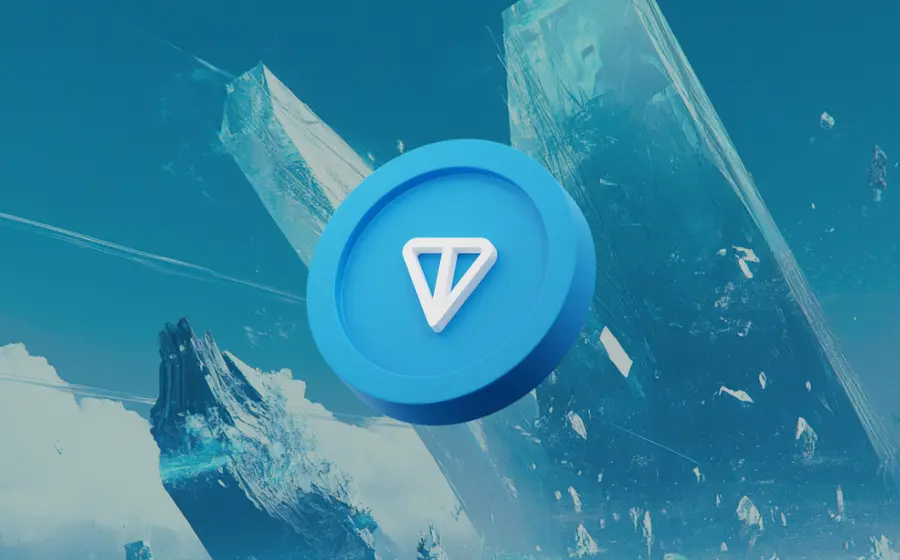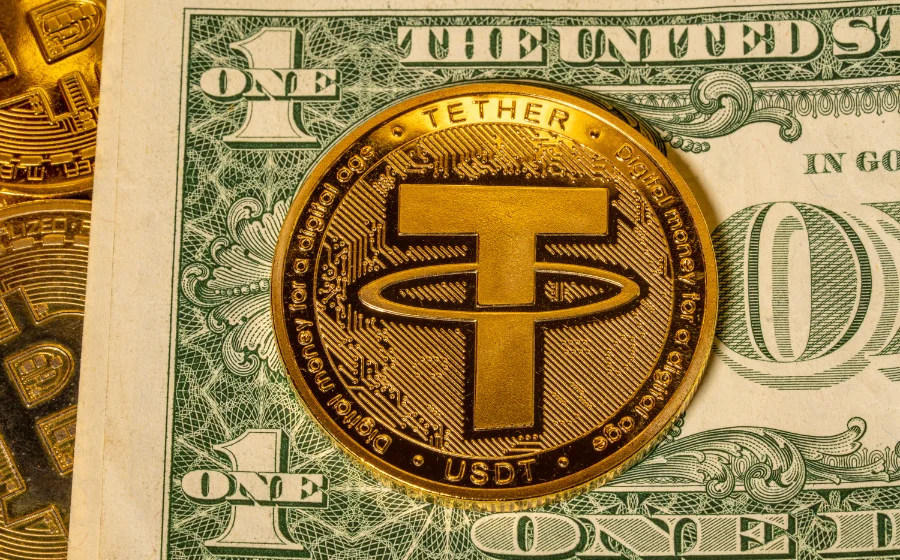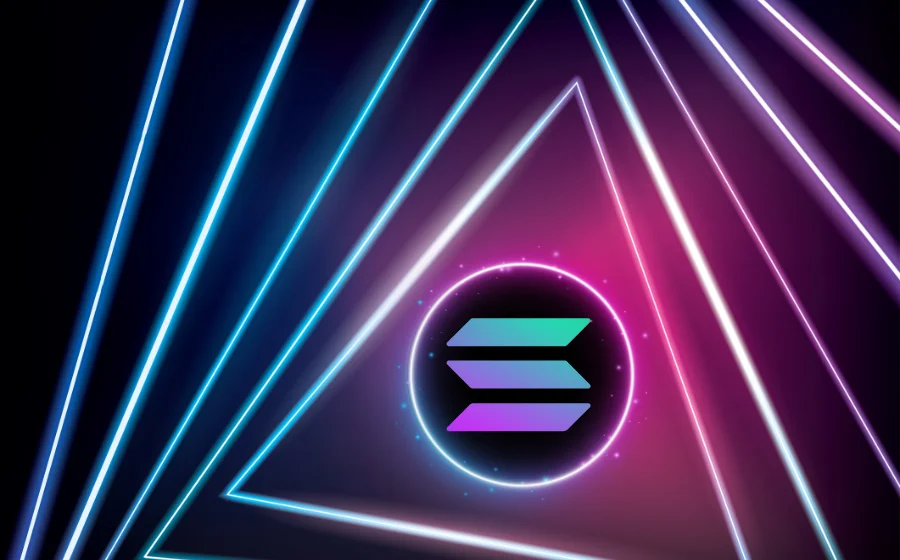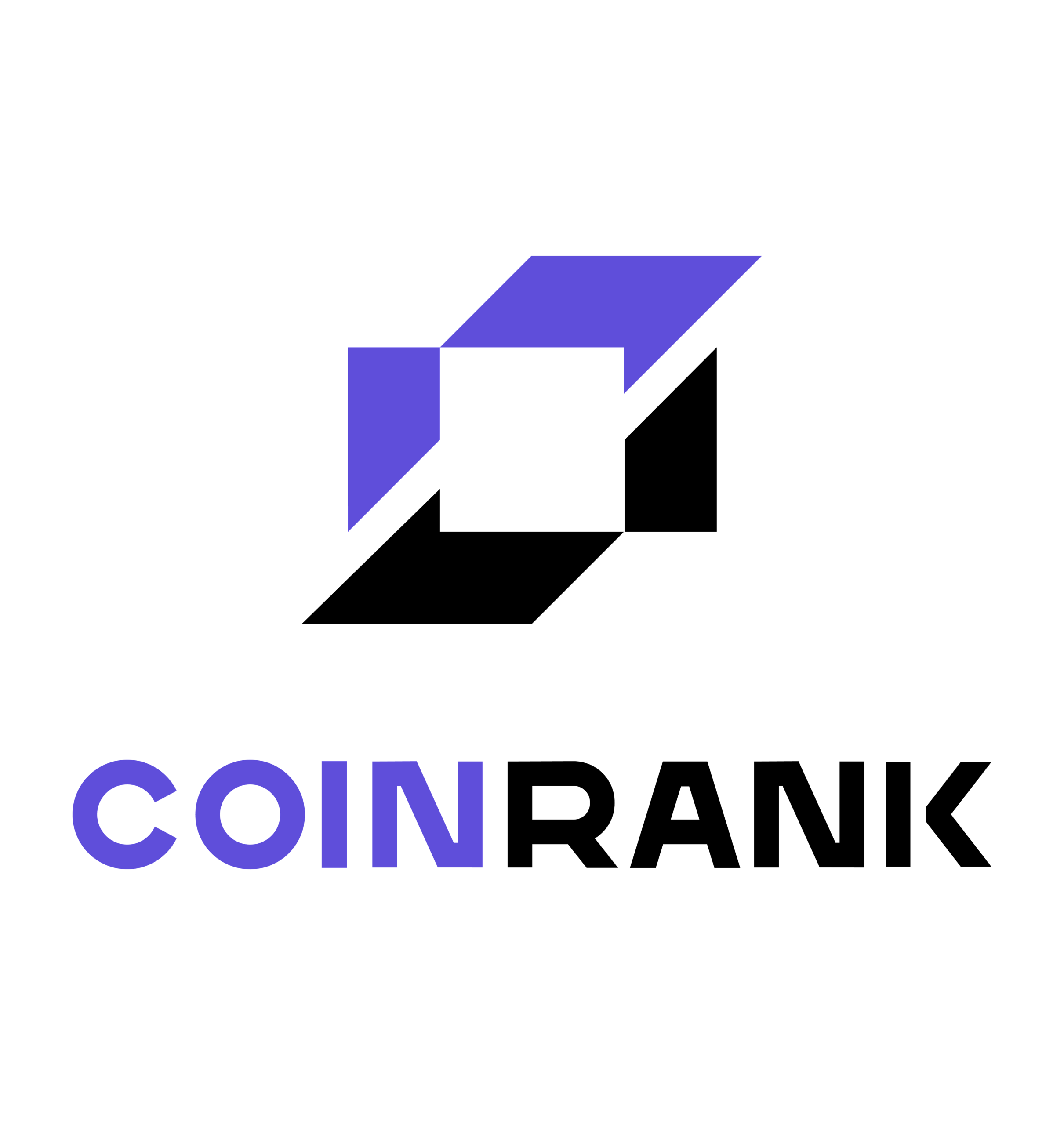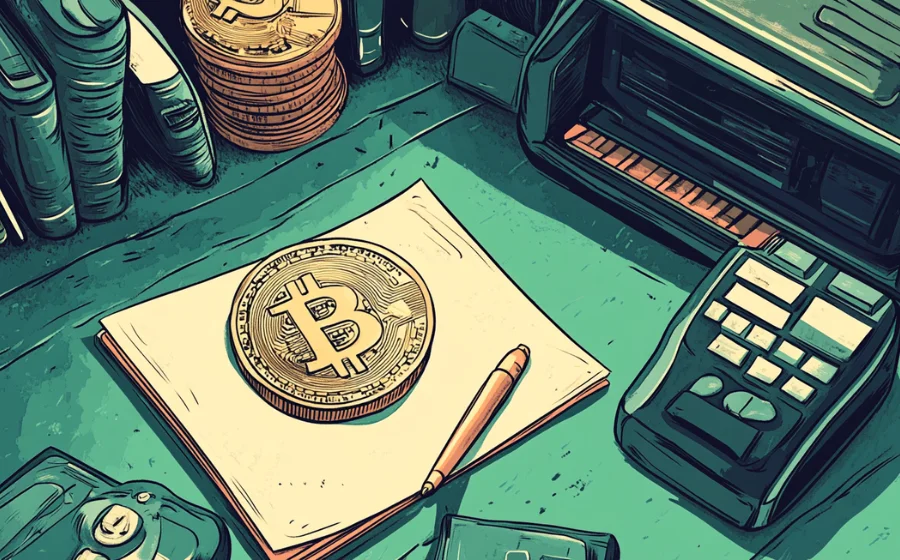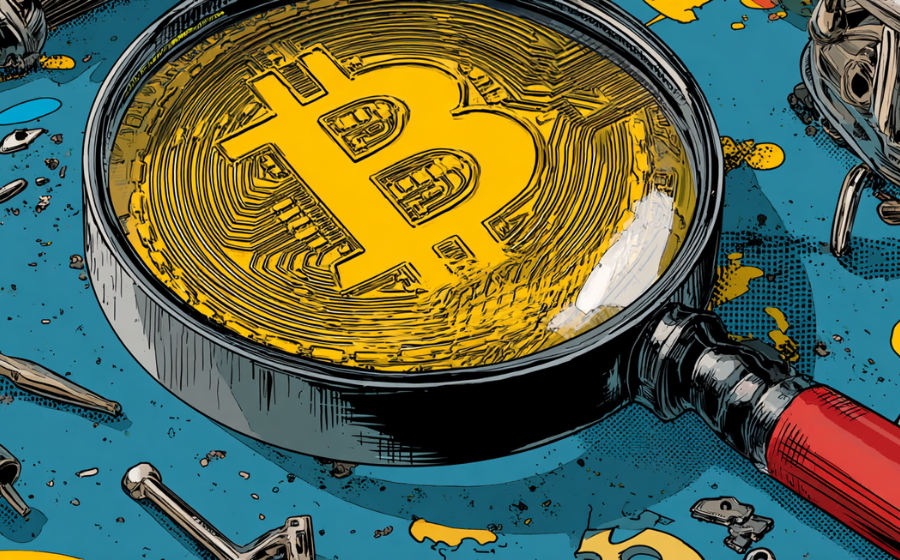
KEYTAKEAWAYS
- Zero-knowledge proof enables trust without exposure
Prove statements are true without revealing private data.
Crucial for financial privacy, secure identity checks, and trustless verification.
- ZK tech powers privacy + scalability in Web3
Used in zk-rollups, privacy coins like Zcash, and zk-based identity.
Delivers fast transactions, private transfers, and censorship-resistant governance.
- From PoR to zkBridge, ZKPs solve real blockchain problems
Proof of reserves, private DAO voting, trustless cross-chain messaging.
A foundational technology shaping secure and private decentralized systems.

CONTENT
A zero-knowledge proof (ZKP) lets you prove something is true without revealing the underlying information. Learn how ZKPs work and why they power privacy, scaling, and trust in blockchain.

WHAT IS A ZERO-KNOWLEDGE PROOF?
A zero-knowledge proof (Zero-Knowledge Proof, ZKP) is a cryptographic technique that allows you to prove you know something without revealing the information itself.
In simple terms:
✏️ You can prove the truth without exposing the secret behind it.
Think of someone who claims they know the password to a safe but doesn’t want to tell you the code.
How do you verify they really know it?
Easy — let them open the safe in front of everyone.
They successfully prove they know the password, yet the password itself never leaks.
That’s the core idea of a zero-knowledge proof:
Show the result, without showing the secret.
🔍 There are two roles involved in this process:
- Prover — the one proving the knowledge
- Verifier — the one checking and challenging the proof
The verifier gives tasks or questions that only someone with the real knowledge can answer.
If the prover is bluffing, the chances of passing these tests are extremely low.
📌 3 key properties of a zero-knowledge proof
1️⃣ Completeness
If the statement is true, an honest prover can convince an honest verifier.
In other words: truth will be accepted as truth.
2️⃣ Soundness
If the statement is false, a dishonest prover cannot convince the verifier.
Meaning: lies won’t pass as truth (except with extremely tiny probability).
3️⃣ Zero-knowledge
The verifier learns only one thing — the statement is true — and learns nothing else about the secret itself.
The knowledge remains fully private.
A zero-knowledge proof is probabilistic rather than absolutely deterministic, but modern cryptography can reduce error probability to nearly zero — strong enough for financial systems, identity verification, and blockchain security.
>>> More to read: What is LayerZero & ZRO? How It Works
APPLICATIONS OF ZERO-KNOWLEDGE PROOF IN BLOCKCHAIN
Zero-knowledge proof is widely used in blockchain because the industry is built on cryptography and users highly value privacy. It allows verification without exposing sensitive data — a perfect match for decentralized systems.
Below are the most common and practical use cases:
✅ Proof of reserves for exchanges: enhancing trust and transparency
After the collapse of FTX in 2022, global exchanges started offering Proof of Reserves (PoR) to show they hold sufficient assets to back user funds.
🔍 Take Binance as an example:
- In the beginning, it used a Merkle Tree structure to generate PoR reports
- But this could expose partial user information and didn’t prevent negative-balance accounts
-
Later, Binance integrated zk-SNARKs alongside Merkle Trees
- Users can verify their funds are included in the reserves
- The exchange doesn’t learn how much each user owns
✏️ Result: stronger privacy and greater proof of solvency.
>>> More to read: What is Proof of Reserve (PoR) & Merkle Tree?
✅ Scaling and faster validation: compressing transactions + proving correctness
Zero-knowledge proof is at the heart of zk-rollups — a key Layer 2 scaling solution.
🔍 The idea is simple:
- Batch and process many transactions off-chain
- Generate a proof (zk-SNARK or zk-STARK)
- Submit the proof + compressed data to the main chain
The main chain only verifies the proof, not every transaction, massively reducing load.
🚩 Real examples include:
- zkSync
- StarkNet
- Polygon zkEVM
These systems bring cheaper, faster, more scalable Ethereum transactions.
✅ Privacy coins: confidential on-chain transfers
Blockchains like Bitcoin are transparent — every transaction is public. For users who want privacy, this can be a concern.
Zero-knowledge proof allows validation without revealing sender, receiver, or amount.
🔍 Example:
-
Zcash (ZEC)
Uses zk-SNARKs to hide sender, receiver, and amount while keeping the network secure and auditable.
This protects user identity and prevents transaction tracing.
>>> More to read: Privacy Coins in Crypto | A Complete Guide
✅ Private voting: secure DAO governance
On a public blockchain, votes are visible. That transparency can lead to bribery or vote manipulation.
With zero-knowledge proof + systems like MACI:
- Voter identity stays private
- Vote choices stay hidden
- Only the final result becomes public
Voters can’t be verified by bribers, making vote-buying much harder and DAO governance more fair and secure.
✅ zkBridge: cross-chain transfers without trusted intermediaries
Traditional bridges require trusted parties or multisig groups because different blockchains cannot read each other’s state directly.
A zkBridge removes intermediaries:
- A proof is created on Chain A showing assets were locked
- Chain B verifies the proof and mints the wrapped asset
No trusted middleman required.
🔍 Example:
-
Polyhedra Network
Supports BNB Chain, Polygon, Ethereum, Arbitrum, and more using zk-SNARK-based validation.
✅ On-chain identity verification: privacy-preserving credentials
Identity checks often require personal data — age, nationality, KYC status, etc.
Putting those details directly on-chain would expose them to everyone.
🚩 Zero-knowledge proof solves this.
Example: Polygon ID
- Users store credentials in their wallet
- When needed, they provide a ZK proof (not raw data)
If a dApp needs to confirm you’re over 18, you submit a proof that
“I am over 18”
not your exact birthdate.
✏️ Final thoughts
Zero-knowledge proof enables blockchain systems to be:
- Transparent yet private
- Secure without revealing data
- Trustless and efficient
It shifts blockchain from “public everything” to “verify without exposing,” which is critical for adoption across finance, identity, cross-chain systems, and decentralized governance.

